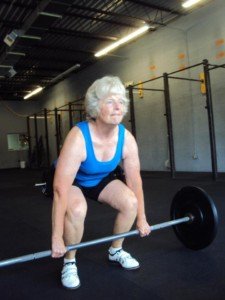ONE MINUTE WORKOUT

ONE MINUTE WORKOUT Researchers at McMaster University have found that a single minute of intense exercise produces health benefits similar to longer, traditional endurance training. T he findings rest on he standard excuse for not getting in shape: there is not enough time. "This is a very time-efficient workout strategy," says Martin Gibala, a kinesiology professor at McMaster and lead author on the study. "Brief bursts of intense exercise are remarkably effective." Scientists determine how sprint interval training (SIT) is compared to moderate-intensity continuous training (MICT), as recommended in public health guidelines. They examined key health indicators, including cardiorespiratory fitness and insulin sensitivity, to measure how the body regulates blood sugar. A total of 27 sedentary men were recruited and assigned to perform three weekly sessions of either intense or moderate training for 12 weeks, or a control group that did not exercise. The McMaster te...





